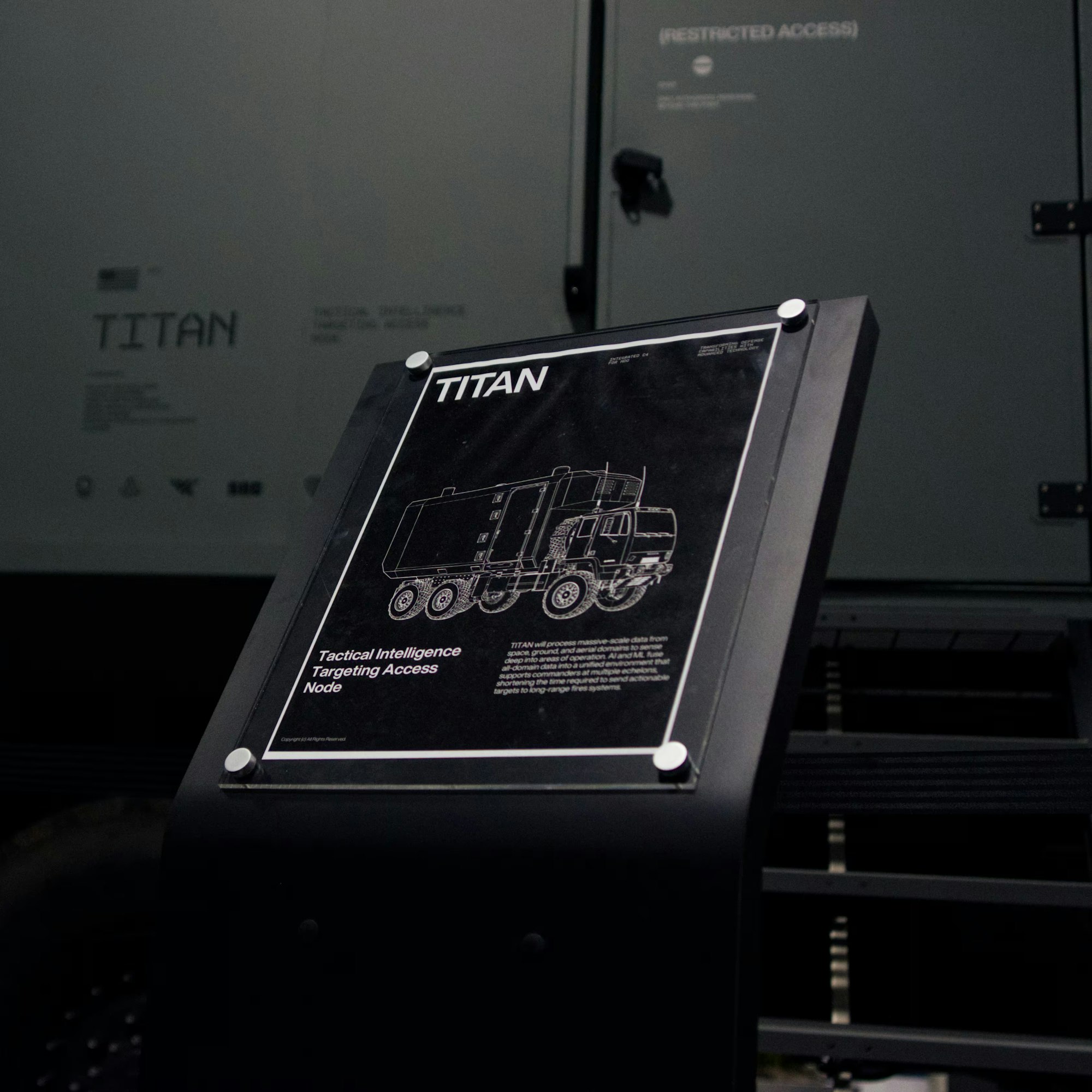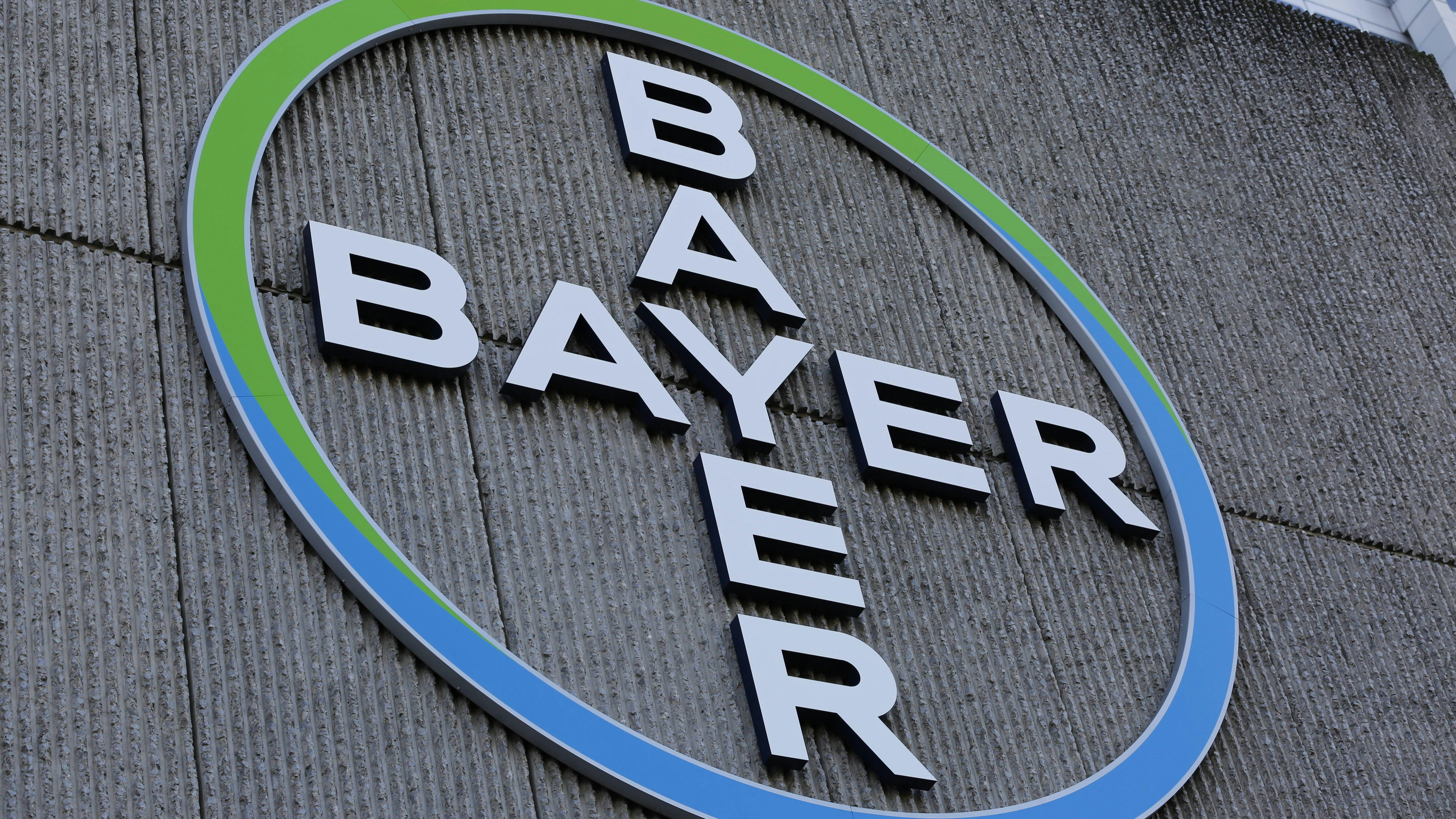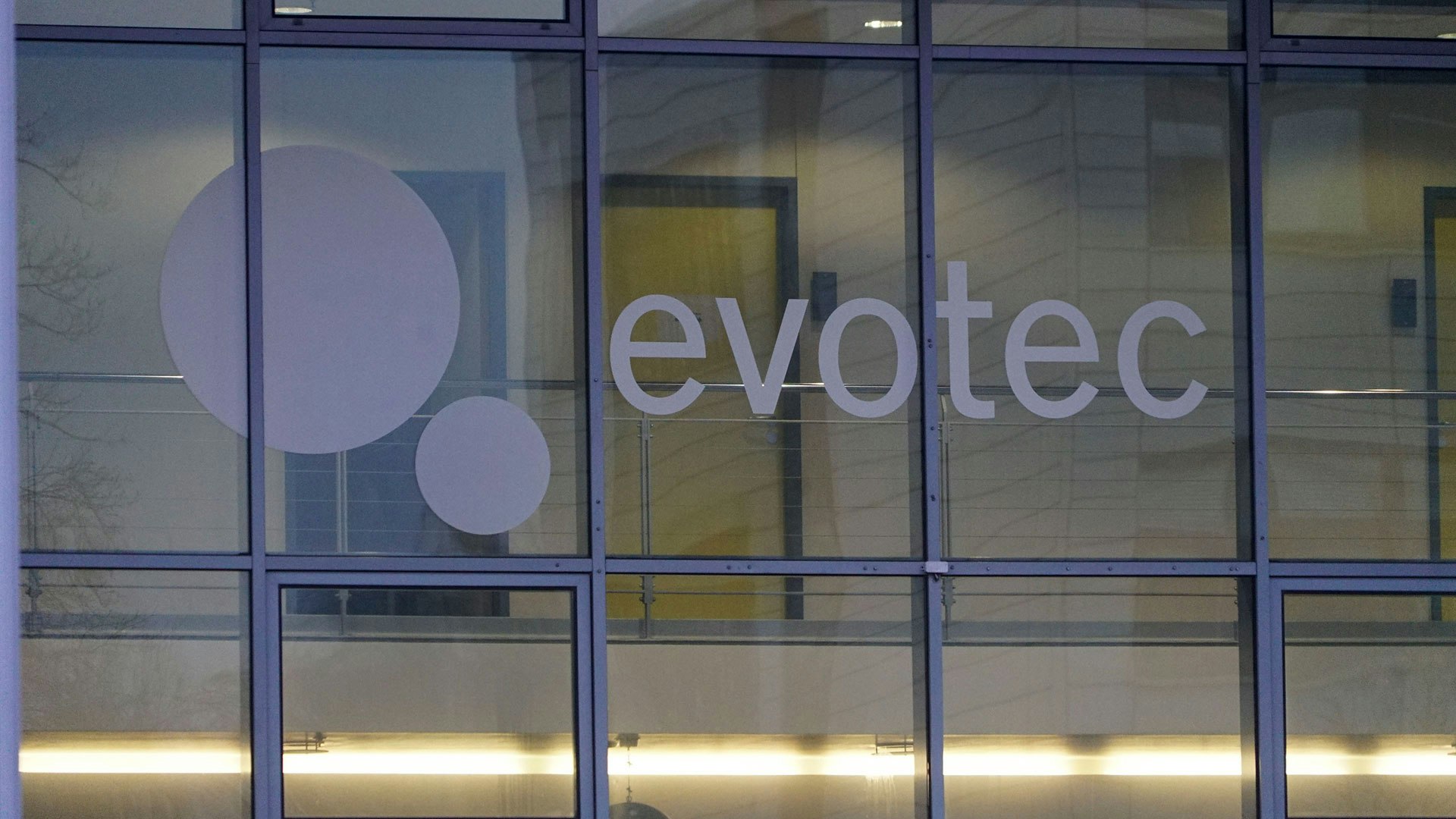A new generation of defense companies
The objective? To break up the entrenched oligopoly market of the "primes" through more efficient, modern technologies. As early as January, the alliance could be made official, according to sources close to the negotiations.
Silicon Valley storms the fortress
The plan does not come out of nowhere. Geopolitical tensions – from Ukraine to the Indo-Pacific – as well as record investments in defense technology have sparked the US government's interest in artificial intelligence (AI) and autonomous weapon systems. In the race for these future technologies, tech giants want to prove that they are faster, cheaper, and more innovative.
But here it's not just about technology. It's about a shift in power – and money. The U.S. defense budget amounts to a proud 850 billion dollars, a pie from which the tech elite now wants to cut a large piece.
Billion-Dollar Players on the Field
Who are the players? Palantir, the data giant, is currently the hottest asset in the tech sector with a 300% stock price increase. With a market value of 169 billion dollars, Palantir has even surpassed defense giant Lockheed Martin. Peter Thiel's latest tech baby, Anduril, is now valued at 14 billion dollars.
SpaceX, Elon Musk's private space company, towers over all other startups with a value of $350 billion, while OpenAI, known as the creator of ChatGPT, is valued at $157 billion. Together, these companies represent the spearhead of innovation and capital.
David versus Goliath: Why the "Primes" Tremble
For decades, companies like Lockheed Martin and Boeing have dominated the market with billion-dollar projects for aircraft, ships, and tanks. But these major projects are considered expensive, slow, and often outdated. The answer from Silicon Valley? Small, autonomous weapon systems that are not only more effective but also more cost-efficient.
The consortium plans to combine technologies like Palantir's "AI Platform" with Anduril's autonomous software framework "Lattice". The goal is to create solutions that better meet the technical requirements of the Ministry of Defense – and bypass the bureaucracy of the old players.
A Disruption with Risks and Side Effects
Critics warn that the growing influence of the tech world on defense policy also has its downsides. "The intertwining of AI and warfare is a dangerous trend," says an industry observer. In fact, OpenAI recently adjusted its usage policies to allow the use of its technologies for military purposes, a move that raises many ethical questions.
But the industry is in a mood of departure. Defense tech startups are attracting record investments, and the interest of the U.S. government seems unbroken.
The end of the old order?
While Lockheed and Co. continue to rely on traditional large-scale projects, a powerful opponent is forming with the tech consortium. An insider aptly describes the mission of the alliance: "We are uniting the industry to implement the technical priorities of the Ministry of Defense – and to solve critical software issues.






